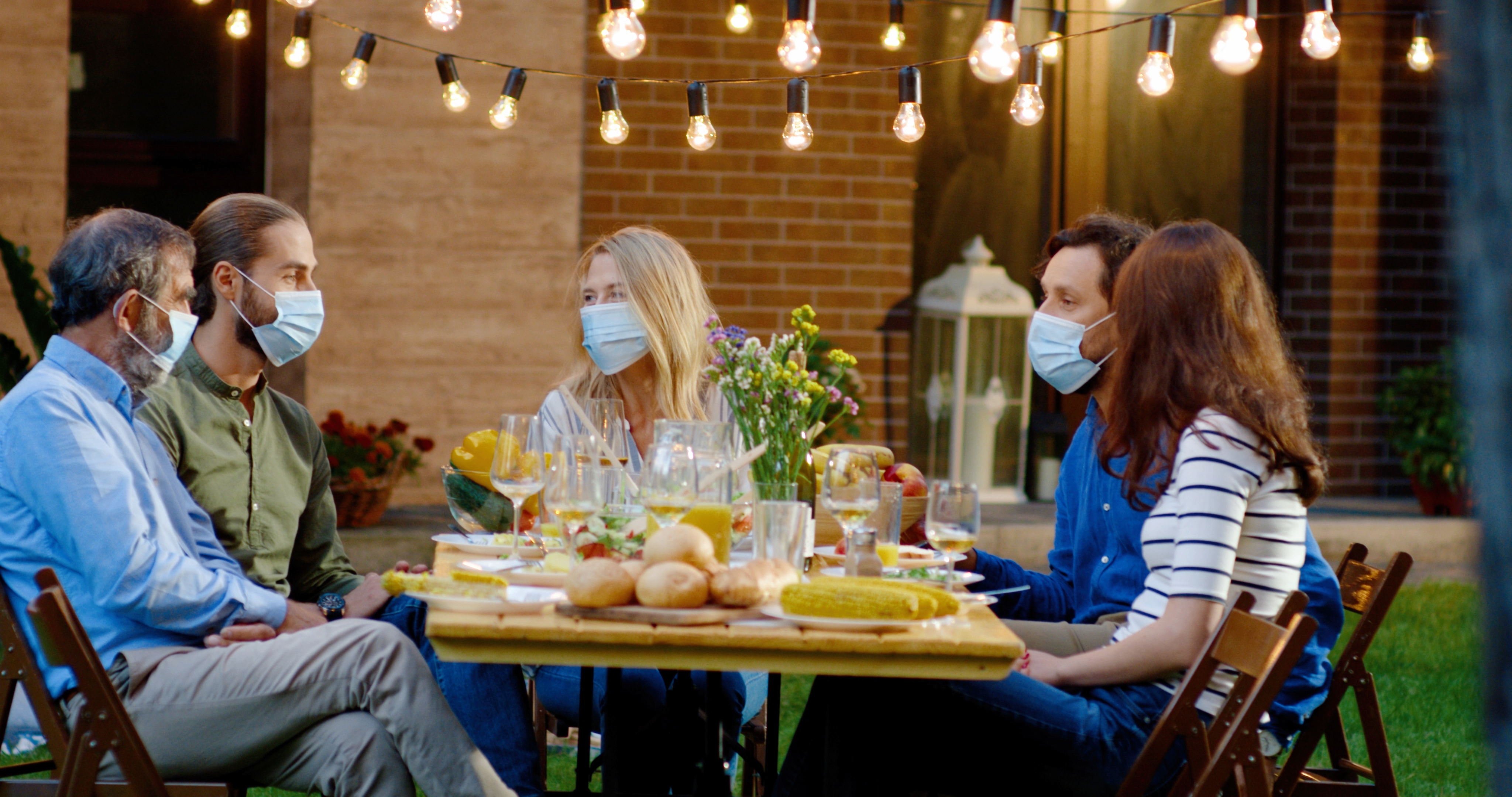COVID-19 cases are on the rise, reaching crisis levels in some areas of the country. The outbreak is putting a damper on plans to gather with friends and family for Thanksgiving. Neha Nanda, MD, a leading infectious disease expert with Keck Medicine of USC, answers questions about how to connect with loved ones while lessening the risk of infection:
Q. How can people gather together safely for Thanksgiving?
A. The safest way to enjoy the holiday is to celebrate only with your household — those you have been interacting with regularly on a daily basis. If you want to extend the gathering to other people, the only no-risk way is to host a virtual celebration. If you do have an in-person gathering, make it small, no more than two households, ideally those in your “pod” you have already been interacting with. However, any celebration beyond a virtual one adds some component of risk, especially if older adults or those with a preexisting condition will be attending. Everyone needs to evaluate their comfort level of this risk.
Q. If you decide to host a small gathering, how can you make it as safe as possible?
A. The transmission rate of the coronavirus is 19 times less when you are outside than inside, so outside gatherings are preferable. You will still need to wear masks (when not eating or drinking) and stay socially distant by at least six feet from others because we have seen a few super spreader events that were held outside.
If being outside is not an option, opening windows and doors and running fans to enhance the air circulation may lessen the possible spread of infection. Being in an enclosed area without ventilation is the riskiest scenario.
Q. What about sharing food? How can this be done responsibly?
A. When we share food, we are at risk for indirect, not direct, transmission. Staying safe is doable if everyone has their own dedicated utensils and plates. When serving yourselves, wear masks and remember to stay six feet away from each other.
Q. What precautions should be taken if a person is coming to Thanksgiving from out of the area?
A. Ideally that person would quarantine for as many days as possible (14 is preferable) after traveling to your area and before seeing you. They should also get a COVID-19 test, as should everyone in your household, before the visit. However, it’s important to know that COVID-19 tests are not 100 percent accurate and only reflect one point in time. It is possible to test negative and still have the disease.
Q. How safe is flying right now if you are traveling for the holiday?
A. Studies are showing that air travel is relatively safe, with few cases of transmission due to planes’ advanced filtration systems that replace the air in the cabin every few minutes. Just make sure you check any travel restrictions before you fly.
Your behavior on the plane plays a role, however. When flying, wear your mask at all times (unless taking it off briefly to eat or drink) and preferably also wear a face shield since we now know the coronavirus can enter through the eyes. Disinfect all areas of your seat, especially the tray table, where bacteria are known to collect. Also turn on the air nozzle above the seat and point it directly at your face to increase air circulation.
It is appearing that the main risk in flying is transportation to and from the airport if you are dependent on public transportation, a taxi or ride-sharing services. Keep your mask on during the commute and if possible, open any windows.
Q. Any final words of wisdom?
A. Due to the COVID-19 outbreak, many may not get to see their loved ones in-person this holiday. However, the pandemic is offering us a chance to create new, meaningful traditions. Your actions this holiday can have ramifications, not only for your family and community, but for the global community as well.
###
For more information about Keck Medicine of USC, please visit news.KeckMedicine.org.
